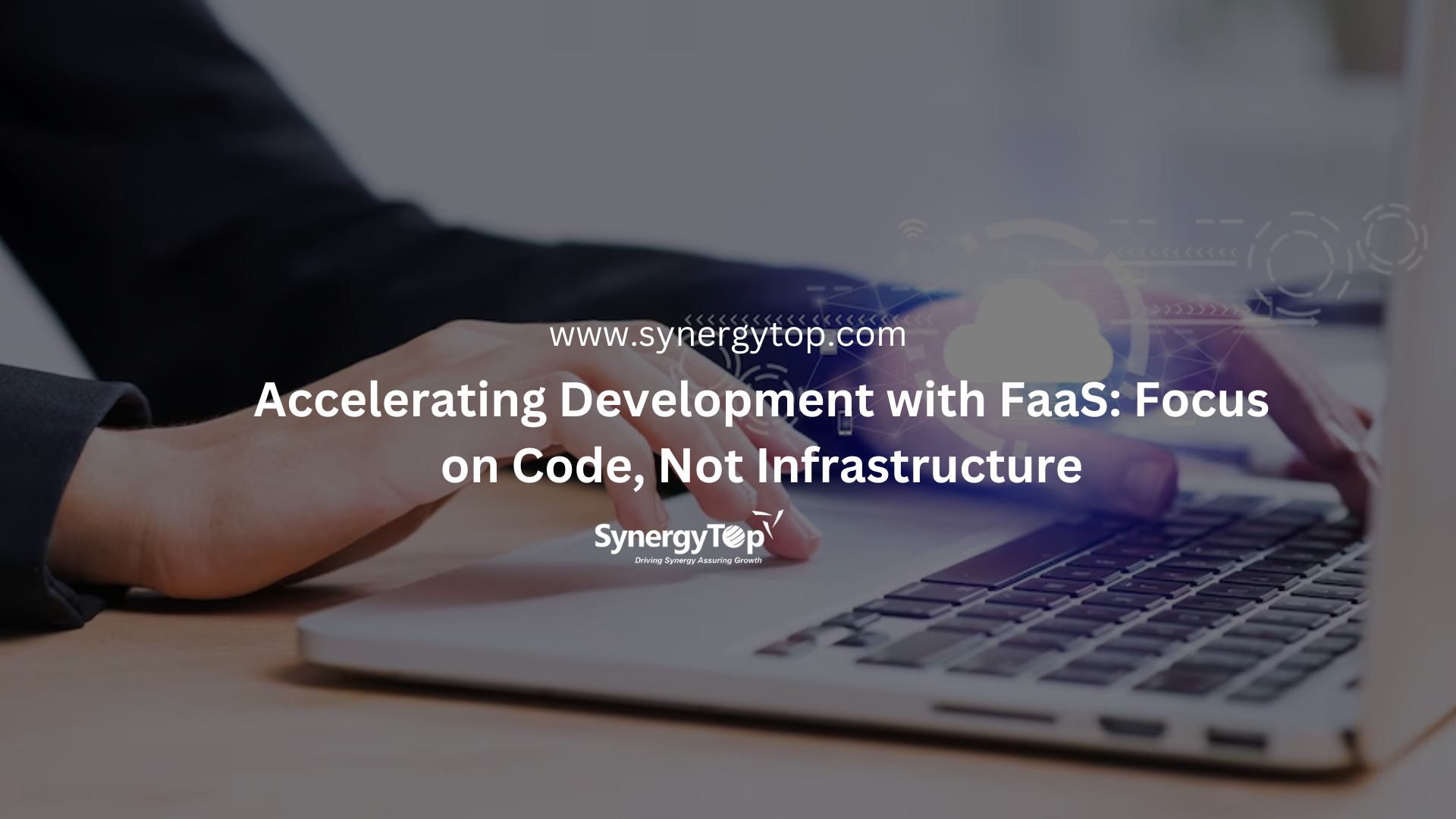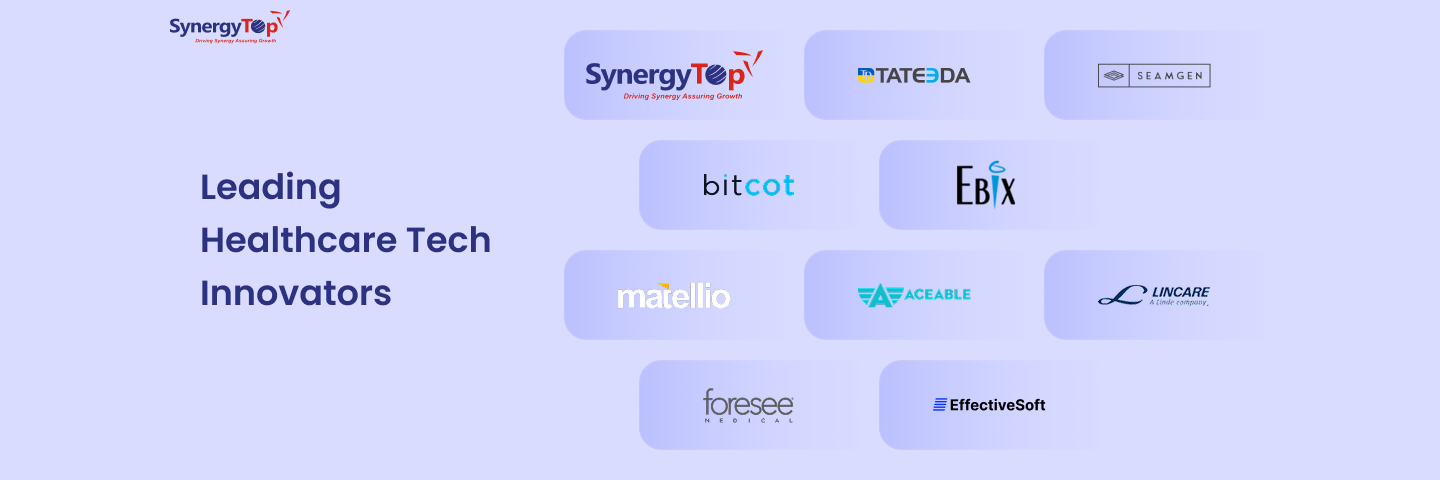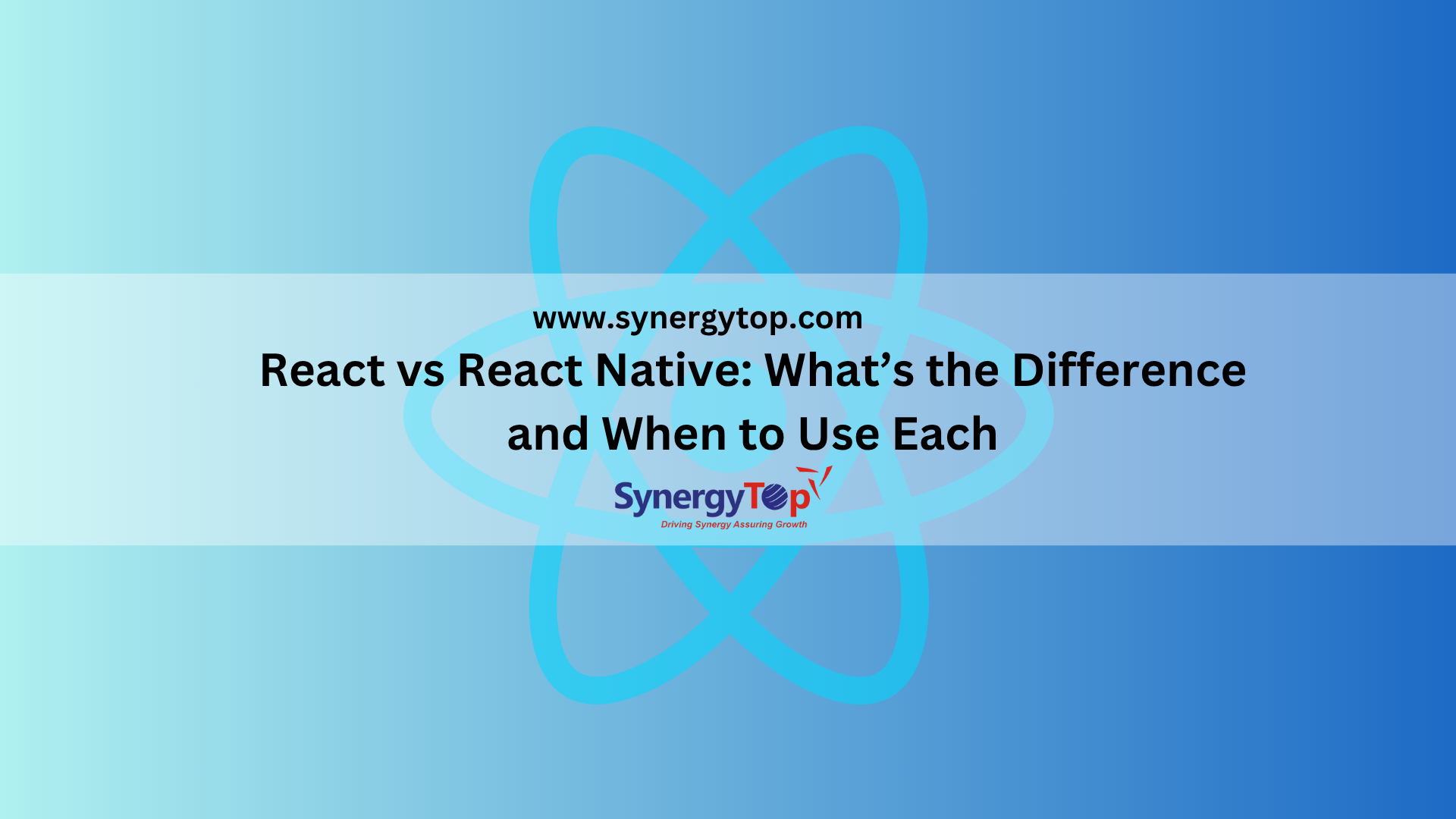The FaaS market on a global scale is projected to attain a value of $20.96 billion by the year 2026. This accent is expected to happen at a remarkable compound annual growth rate (CAGR) of 24.96%.
But what is FaaS?
What benefits of FaaS?
Is it worth going ahead with FaaS?
How can you use FaaS for your business?
Find answers to all these questions and more in the blog below.
Read on.
***
Imagine this: You need to process a vast amount of data periodically. But instead of setting up and managing complex server infrastructure, you can deploy code in small, independent functions. Functions that automatically scale based on demand.
With this, you can process data in real time without worrying about server management or paying for idle resources.
The outcome?
- You can save costs.
- Your development cycles are faster.
- You are able to seamlessly scale the services to meet the needs of your growing client base.
Well, that’s a reality now.
With Function as a Service (FaaS).

As evident from the FaaS example above, it is a transformative solution known that allows businesses to focus on their code without worrying about the underlying infrastructure.
Let’s explore how FaaS empowers businesses to accelerate their development process and reap its numerous benefits.
In this blog, we will walk you through
- FaaS meaning
- FaaS example
- Advantages of FaaS for Business
- FaaS vs. Serverless
- Getting started with FaaS
Read on.
What is FaaS?
How would it be if you could get a magic box that can perform specific tasks for you whenever you ask it to? Without you needing to worry about how it gets done or where it comes from. That’s pretty much how Function as a Service (FaaS) works in the world of cloud computing.
In traditional computing, developers need to set up and manage servers to run their applications. However, with FaaS in cloud computing, you don’t need to worry about any of that.
Let’s understand it with a FaaS example:
Think of a photo-sharing app, for example. Instead of renting an entire studio and hiring a team to develop pictures (traditional computing), you have a magical photo-printing service (FaaS) that prints photos whenever someone sends them via an app. You don’t have to worry about the printing process; the service handles it for you. You only pay for each photo printed, and when nobody is sending photos, there’s no cost or effort required on your part.
Here’s a sample FaaS architecture:
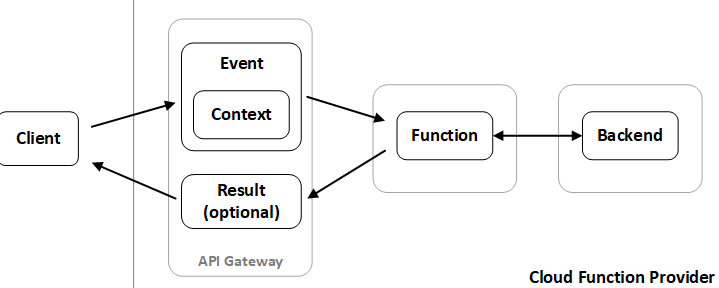
That brings us to the key elements/features of FaaS.
- Small Functions: Functions are tiny pieces of code that perform specific tasks. These functions focus on doing one thing really well.
- Event-Driven: FaaS functions are triggered by events. An event could be a user submitting a form, a file being uploaded, or even a specific time of day.
- No Server Management: With FaaS, you don’t have to worry about buying, setting up, or maintaining servers. The cloud provider handles all the behind-the-scenes work. Thus, leaving you free to focus on your code and application.
- Pay for What You Use: You’re billed based on the number of times the functions are called and how long they run.
All this yields a lot of advantages for businesses. Let’s check out some of the benefits of FaaS below.
Benefits of FaaS for Business
- Cost-Efficiency
- With FaaS, businesses can enjoy cost savings as they only pay for the actual compute time used by their functions.
- No need to worry about provisioning and maintaining servers, which eliminates idle resources and minimizes expenses.
- Scalability
- FaaS platforms automatically scale functions in response to varying workloads.
- This elastic scalability ensures that applications can handle high traffic. Without any manual intervention. Thus, providing a seamless user experience.
- Rapid Deployment
- FaaS enables faster development cycles by reducing the time spent on infrastructure setup and management.
- Developers can focus solely on writing code, resulting in quicker deployment and updates.
- Reduced Operational Overhead
- FaaS platforms handle the operational aspects, such as server provisioning, monitoring, and security patching.
- So the development teams can concentrate on innovation and application logic.
- Improved Developer Productivity
- By abstracting away infrastructure concerns, FaaS empowers developers to be more productive and agile.
- They can swiftly experiment with new features, iterate on existing code, and respond to business needs promptly.
Isn’t FaaS the Same as Serverless?
FaaS and serverless computing are often used interchangeably. And while they are similar in some ways, they are not entirely the same.
While FaaS is a core component of serverless computing, the term “serverless” encompasses a broader scope.
Serverless Computing
Serverless computing refers to the concept of outsourcing server management entirely. This includes outsourcing infrastructure setup, scaling, and maintenance. And it allows developers to focus solely on the code.
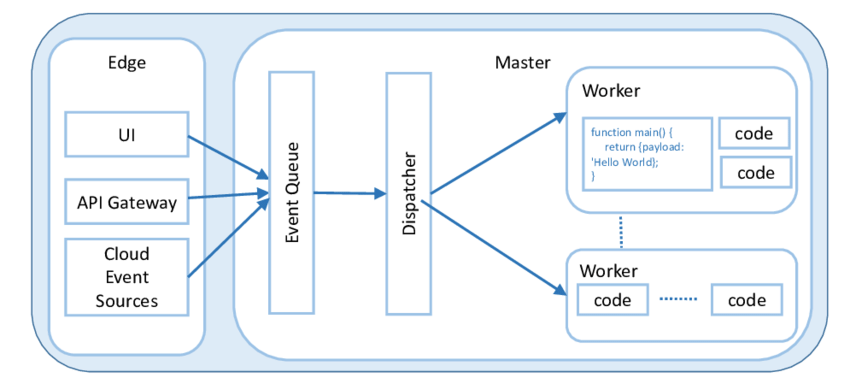
FaaS, on the other hand, specifically deals with executing individual functions in response to events.
Let’s understand the difference between FaaS and Serverless computing with the following table:
| Aspect | Function as a Service (FaaS) | Serverless Computing |
| Scope | Deals with individual functions | Encompasses entire application architecture |
| Function Execution | Stateless and ephemeral | Stateless and ephemeral |
| Resource Allocation | Granular compute resources | Abstracts away server management |
| Event-Driven | Triggered by specific events | Entire application operates on events |
| Use Cases | Microservices and event handling | Complete application deployment and scaling |
Getting Started with FaaS
Ready to harness the power of Function as a Service (FaaS) for your business? Let’s dive in and get started with FaaS in a more practical and straightforward manner, with some technical details and actual tools/platforms to consider.
Step 1: Choose the Right Platform
To begin, you’ll need to pick a cloud provider that offers FaaS capabilities.
Popular options include Amazon Web Services (AWS) Lambda, Microsoft Azure Functions, Google Cloud Functions, and IBM Cloud Functions.
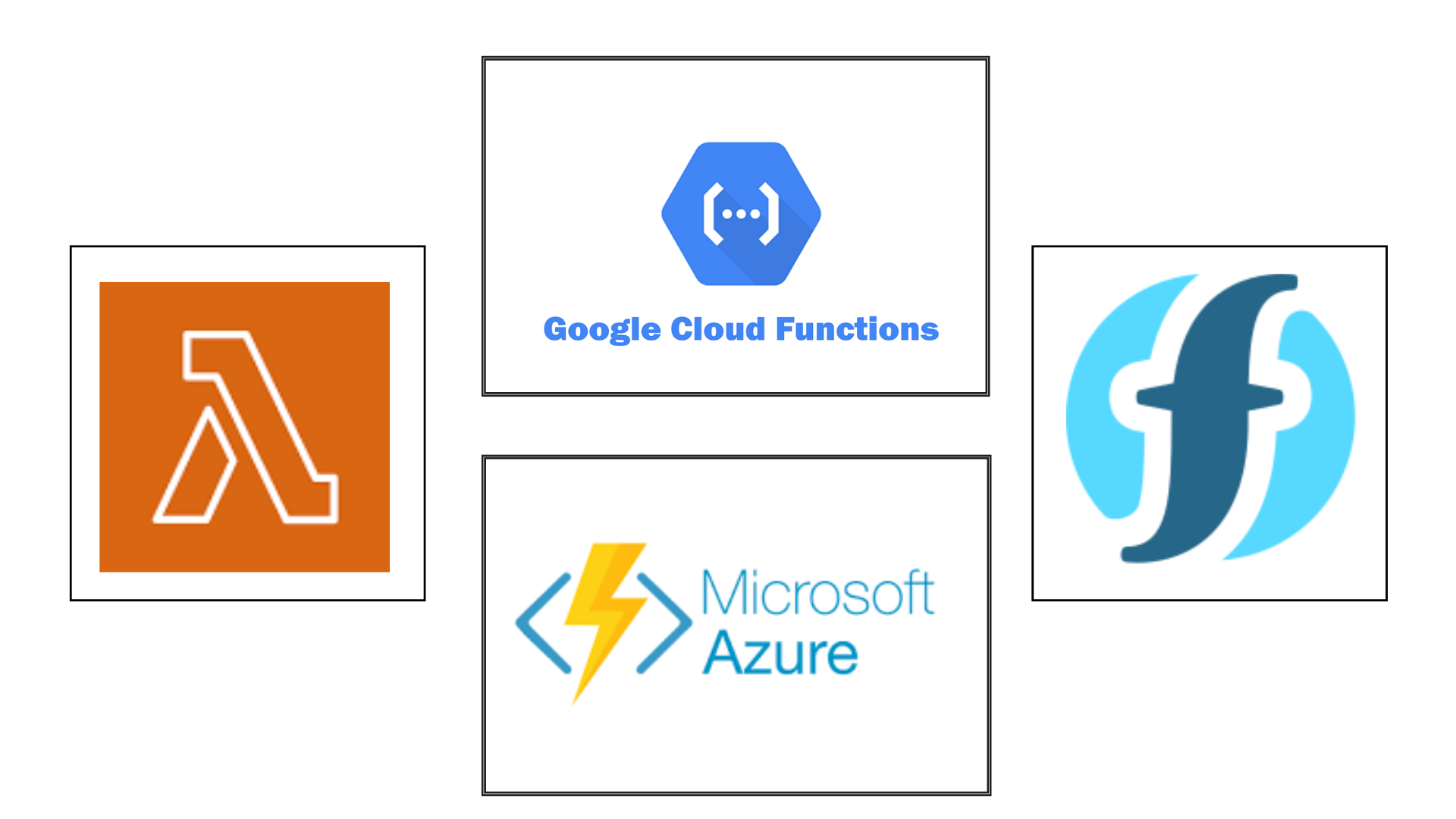
Each platform has its strengths. So consider factors like pricing, supported programming languages, and integration with your existing infrastructure before making a decision.
Step 2: Identify FaaS-Suitable Functions
Take a close look at your application and identify functions that can be separated and run independently. Look for discrete tasks that can be triggered by events or requests.
For example, processing incoming data, resizing images, or handling user authentication are often good candidates for FaaS deployment.
Step 3: Optimize Function Design
When creating functions for FaaS, keep them stateless and idempotent. That means each function should work without depending on external state or resources. Pass all required information as parameters or fetch it from external storage if needed. This way, your functions can scale smoothly and independently without any conflicts.
Step 4: Embrace Event-Driven Architecture
To leverage FaaS effectively, embrace an event-driven architecture. This involves automatically triggering functions based on specific events or requests.
Setting up triggers can be done using various services like API Gateway, message queues, or database changes. This approach empowers your application to dynamically respond to events, enhancing flexibility and scalability.
Step 5: Security and Compliance
Security is of utmost importance in any application, including FaaS. Ensure robust security measures are in place to safeguard your functions and sensitive data.
Take advantage of the built-in security features provided by each FaaS platform, including access control and encryption. Adhere to best practices for securing your code and conduct regular reviews to ensure compliance with industry standards. By doing so, you can bolster the overall security of your application and protect it from potential threats.
Step 6: Work with Reliable IT Partners
For those new to FaaS, partnering with experienced IT firms like SynergyTop can be highly advantageous.
At SynergyTop, we can offer valuable assistance in multiple areas, such as:
- Guidance on architecture design,
- Help you select the most suitable platform,
- Optimize your code for efficiency,
- Support you throughout the migration process, and
- Aid in troubleshooting any challenges that may arise.
By following these steps and teaming up with SynergyTop as your FaaS ally, you can expedite development and maintain a competitive edge in the rapidly evolving digital landscape.
To begin your journey towards FaaS in cloud computing, schedule a no-cost consultation with us today.
FAQs
Have more questions? Find the answers below!
Still have questions? Email them to us at contact@synergytop.com and our FaaS specialist will get back to you with answers.


